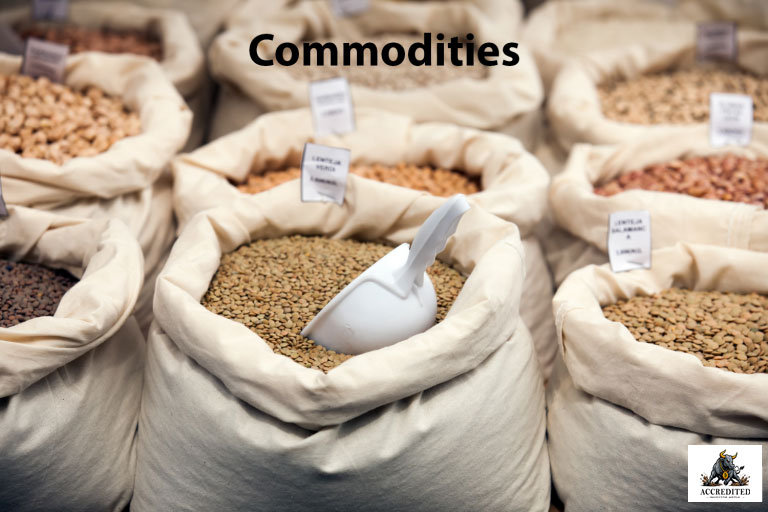
Accredited Risk Taker Investors Exploring High-Risk Investments:
In the dynamic landscape of investing, accredited investors often pursue high-risk, high-reward opportunities that align with their financial sophistication and risk tolerance. This article explores their strong interest in complex instruments such as derivatives and commodities-markets known for volatility and substantial profit potential. We will examine the strategic appeal these asset classes hold for seasoned investors, including leverage, hedging benefits, and portfolio diversification. Additionally, we’ll address the inherent risks and challenges, such as market unpredictability and regulatory considerations, while offering guidance on how accredited investors can effectively evaluate, manage, and capitalize on these alternative investment opportunities.
Accredited investors are often drawn to high-risk investments due to their potential for significant returns, portfolio diversification, and access to sophisticated financial strategies. This risk-seeking behavior is influenced by both psychological and financial motivations, including a greater tolerance for volatility and a desire for above-average gains. High-risk investments offer avenues for capital appreciation, inflation protection, and enhanced returns through market fluctuations. Among the most prominent of these vehicles are derivatives, which include options, futures, and swaps. Derivatives serve various functions, from hedging portfolio risk to enabling speculative trades with leveraged positions. Their appeal lies in the ability to amplify profits, manage exposure, and take advantage of pricing inefficiencies. However, they also carry risks, including counterparty default and limited liquidity. For accredited investors, strategic derivative trading-especially involving options and futures-offers powerful tools for achieving investment objectives, provided they are supported by a sound understanding of the instruments and disciplined risk management.
Navigating high-risk investments in commodities requires a strategic approach grounded in risk management, market understanding, and careful portfolio construction. Commodities-ranging from metals and energy to agricultural products-present unique opportunities and challenges due to their exposure to global economic shifts, supply-demand imbalances, geopolitical tensions, and weather conditions. Investors must grasp the basics of commodities trading and distinguish among commodity types to evaluate volatility and liquidity factors effectively. Hedging strategies, such as using derivatives and exchange-traded products, play a key role in mitigating risk exposure. Derivative pricing models help estimate fair value and optimize entry or exit points. Investing through managed portfolios or commodity-focused funds can also enhance diversification while providing expert oversight. A thorough due diligence process is essential-evaluating historical performance, market trends, and the reliability of counterparties. Ultimately, integrating commodities into a well-balanced portfolio with disciplined risk management allows investors to leverage potential returns while minimizing exposure to sharp price fluctuations.
Diversification strategies across various asset classes-such as equities, fixed income, real estate, and alternatives-help accredited investors reduce exposure to individual market shocks. Implementing well-defined risk management protocols, including stop-loss orders and position limits, further protects capital during volatile periods. Regular portfolio reviews and rebalancing ensure alignment with financial goals and market dynamics. High-risk investments like derivatives, commodities, and private equity offer potential for outsized returns, attracting experienced investors. By thoroughly understanding the structure, volatility, and reward potential of these instruments, accredited investors can navigate complex markets confidently. Their financial acumen enables them to seize lucrative opportunities while managing associated risks.
